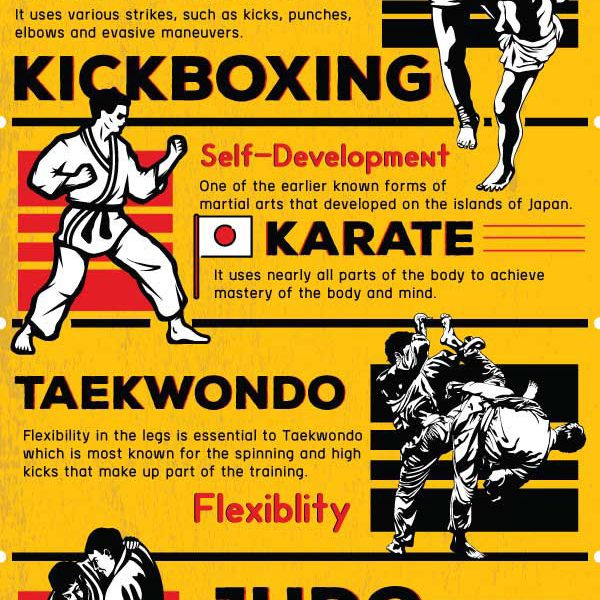Typical Martial Arts Vs. Modern Fight Sports: Recognizing The Secret Distinctions
Typical Martial Arts Vs. Modern Fight Sports: Recognizing The Secret Distinctions
Blog Article
Article Created By-McGinnis Haagensen
When you consider martial arts, do you lean a lot more toward the standard practices or the contemporary battle sporting activities? Each course offers one-of-a-kind benefits and experiences, shaped by their ideologies and training methods. Traditional martial arts stress personal growth and technique, while contemporary battle sporting activities concentrate on competition and performance. Understanding visit the following website can lead you in choosing the ideal approach for your trip. Yet just how do these distinctions manifest in training and ideology?
The Approach and Background Behind Standard Martial arts
While lots of people connect martial arts with physical combat, the philosophy and background behind conventional martial arts run much deeper. You'll find that these self-controls stress individual growth, technique, and regard.
Originating from https://patch.com/illinois/palatine/self-defense-class-teaches-women-safety-how-protect-themselves , conventional martial arts were typically developed for Self-Defense and spiritual development. They personify principles such as balance, consistency, and self-constraint, directing specialists past simple combating skills.
As you educate, you'll not just find out techniques however additionally obtain insights into the society and values that formed these arts. The routines and customs, often given with generations, cultivate a feeling of community and belonging.
The Affordable Nature of Modern Combat Sports
Modern fight sporting activities have changed the landscape of martial arts into a highly competitive sector, where professional athletes face off in an examination of skill, strategy, and endurance.
go right here 'll see that competitors are typically arranged with stringent guidelines and policies, guaranteeing justice and safety and security. These occasions attract big audiences, fueling the enjoyment and intensity of competitions.
Professional athletes train rigorously, not just for physical prowess however also for psychological toughness, recognizing that every detail counts in the ring. The adrenaline rush throughout competitors is apparent, as competitors push their restrictions to assert success.
Followers appreciate the athleticism and creativity involved, making contemporary combat sporting activities a thrilling spectacle that remains to advance and astound enthusiasts around the globe.
Training Methods and Methods: A Relative Evaluation
The competitive environment of contemporary fight sporting activities needs ingenious training approaches that vary considerably from standard martial arts.
In modern-day training, you'll focus on details strategies, competing, and conditioning, often utilizing drills that replicate real fight situations. You'll see a focus on measurable efficiency and frequent competitors to assess your abilities.
On the other hand, traditional martial arts focus on forms, katas, and philosophical mentors, typically highlighting discipline and regard over competitors.
Training is typically much less intense and might entail repeated practice as opposed to real-time sparring.
While both strategies build ability and physical fitness, modern-day battle sports offer a much more vibrant and versatile training atmosphere, preparing you for prompt obstacles in the ring or cage.
Choose the course that straightens with your objectives and rate of interests.
Verdict
In picking in between traditional martial arts and modern-day battle sporting activities, it really comes down to what you value the majority of. If you're trying to find personal growth, technique, and a feeling of neighborhood, standard arts may be your finest fit. However if you grow on competitors and real-time challenges, modern combat sports could be the way to go. Ultimately, both paths provide one-of-a-kind advantages, so it's all about aligning your training with your individual objectives and rate of interests.
